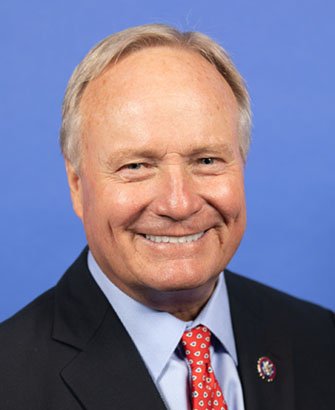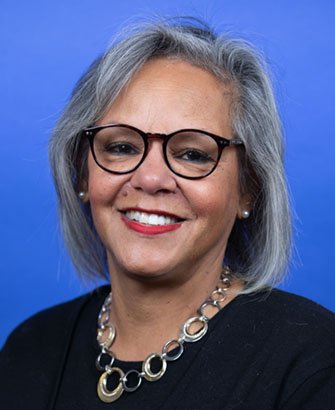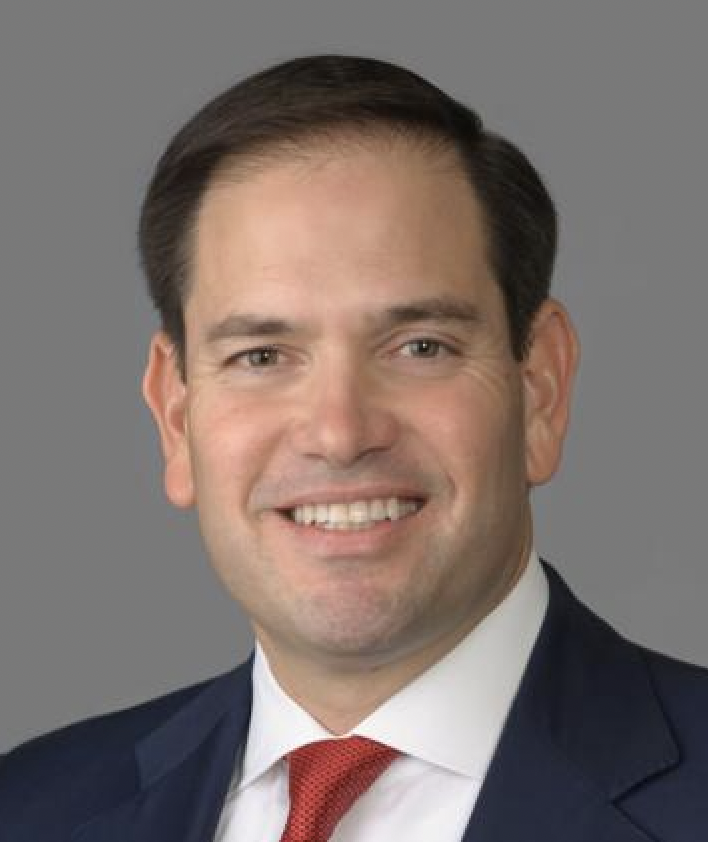
About Stillbirth and the SHINE for Autumn Act
The SHINE for Autumn Act: Bill Overview
The Stillbirth Health Improvement and Education (SHINE) for Autumn Act is federal legislation that focuses on preventing stillbirths through enhanced data collection, research, education, and awareness and is the beginning of a longer-term solution to reducing stillbirth rates.
Learn more about stillbirth here.
-

Data Collection
The problem: Current U.S. stillbirth data suffers from poor quality; not all stillbirths are recorded, not all requested information is provided, and not all provided information is correct. This hinders public health efforts to prevent stillbirths and undermines stillbirth research.
Solution: SHINE would authorize $5 million for each of fiscal years 2024-2028 to provide grants to states to support stillbirth data collection and reporting, including contributing risk factors. Better data will ultimately help to understand the underlying causes of stillbirth and identify strategies for prevention.
-

Fetal Autopsy Training
The problem: The current shortage of trained perinatal pathologists in the United States makes it difficult to identify the cause(s) of many stillbirths.
Solution: SHINE would authorize $3 million for each of fiscal years 2024-2028 to incorporate a research or pathology fellowship on stillbirth that will include research and training on fetal autopsies. Increasing the number of pathologists who are appropriately trained to conduct fetal autopsies will lead to improved data about stillbirth causes.
-

Awareness & Education
The problem: The first time someone hears about stillbirth should not be when it has happened to them. Families and health-care providers need ways to have safe conversations about current evidence-based recommendations on monitoring pregnancies to prevent stillbirths.
Solution: SHINE would authorize $1 million for each of fiscal years 2024-2028 for HHS, in coordination with health care providers, to develop guidelines and educational materials for state departments of health and statistics on stillbirth data collection, data sharing, and educational materials on stillbirth prevention and the risks of stillbirth.
The SHINE for Autumn Act: 118th Congress
The bipartisan and bicameral Stillbirth Health Improvement and Education (SHINE) for Autumn Act was reintroduced in the House of Representatives and the Senate on July 27, 2023.
In the House, Representatives Young Kim (R-CA-40), Kathy Castor (D-FL-14), David P. Joyce (R-OH-14), and Robin L. Kelly (D-IL-02) are the lead sponsors of the bill. The bill will be reviewed by the Subcommittee on Health of the House Energy and Commerce Committee, and then the full Energy and Commerce Committee, before it is brought to the full House of Representatives for a vote.
In the Senate, Senator Booker (D-NJ) and Senator Rubio (R-FL) are the lead sponsors of the bill. The bill will be reviewed by the Senate Health, Education, Labor and Pensions Committee before it is brought to the full Senate for a vote.
The SHINE for Autumn Act: Sponsors
Thank You to the lead sponsors of the SHINE for Autumn Act of 2023!
-

Rep. Young Kim
(R-CA-40)
-

Rep. Kathy Castor
(D-FL-14)
-

Rep. David P. Joyce
(R-OH-14)
-

Rep. Robin L. Kelly
(D-IL-02)
-

Sen. Cory A. Booker
(D-NJ)
-

Sen. Marco Rubio
(R-FL)
The SHINE for Autumn Act: History
House of Representatives
117th Congress: Reps. Herrera Beutler (WA-03), Roybal-Allard (CA-40), Mullin (OK-02), and Castor (FL-14) introduced the bipartisan Stillbirth Health Improvement and Education (SHINE) for Autumn Act, H.R.5487, in the House of Representatives on October 5, 2021. Only two months later, the House passed the bill, under suspension, with overwhelming majority and bipartisan support (408-18) on December 8, 2021. Click here to see the full voting breakdown. Please note that Senator Mullin is now a senator in the 118th Congress. Additional co-sponsors included Rep(s) Griffith (R-VA-9), Fitzpatrick (R-PA-1), Kelly (D-IL-2), Payne (D-NJ-10), Jacobs (D-CA-53), Crow (D-CO-6), Craig (D-MN-2), Clarke (D-NY-9), Bacon (R-NE-2), Hinson (R-IA-1), Kilmer (D-WA-6), Gottheimer (D-NJ-5), Williams (D-GA-5), Wexton (D-VA-10) and Del. Norton (D-DC-At Large).
Senate
117th Congress: Senator Booker (D-NJ) and Senator Rubio (R-FL) introduced companion legislation, S.3972, in the Senate on March 31, 2022. Additional co-sponsors included Senator(s) Menendez (D-NJ), Collins (R-ME), Gillibrand (D-NY), Marshall (R-KS), Murkowski (R-AK), Casey (D-PA), Daines (R-MT), Murphy (D-CT), Boozman (R-AR), Klobuchar (D-MN), Capito (R-WV), and Warnock (D-GA).
Stillbirth
-
A stillbirth is the death of a baby in utero in the second half of pregnancy (at or after 20 weeks of pregnancy), either before or during delivery. Stillbirth is a different kind of pregnancy loss than miscarriage, which is defined as the loss of a baby before 20 weeks of pregnancy.
-
Stillbirth affects about 1 in 175 births, and each year over 21,000 babies are stillborn in the United States. That means that stillbirth occurs about 15 times as often as Sudden Infant Death Syndrome (SIDS), a public health issue that has received far more attention. While public health initiatives have achieved remarkable success in reducing the SIDS rate, the stillbirth rate in the United States has barely changed for over a decade.
-
Stillbirth is often caused by placental issues, umbilical cord accidents, infection, and maternal health conditions. Genetic and anatomic abnormalities also account for some stillbirths. Unfortunately, many families are unable to learn what caused their baby’s death because access to fetal autopsies is very limited. More perinatal pathologists, better data collection, and additional research are needed to identify stillbirth causes and inform prevention strategies.
-
The bipartisan SHINE for Autumn Act is the beginning of a longer-term solution to prevent stillbirths in the United States. Enhancing stillbirth data collection and increasing the number of qualified perinatal pathologists will improve our understanding of the causes of stillbirth, which is critical for developing effective prevention strategies.